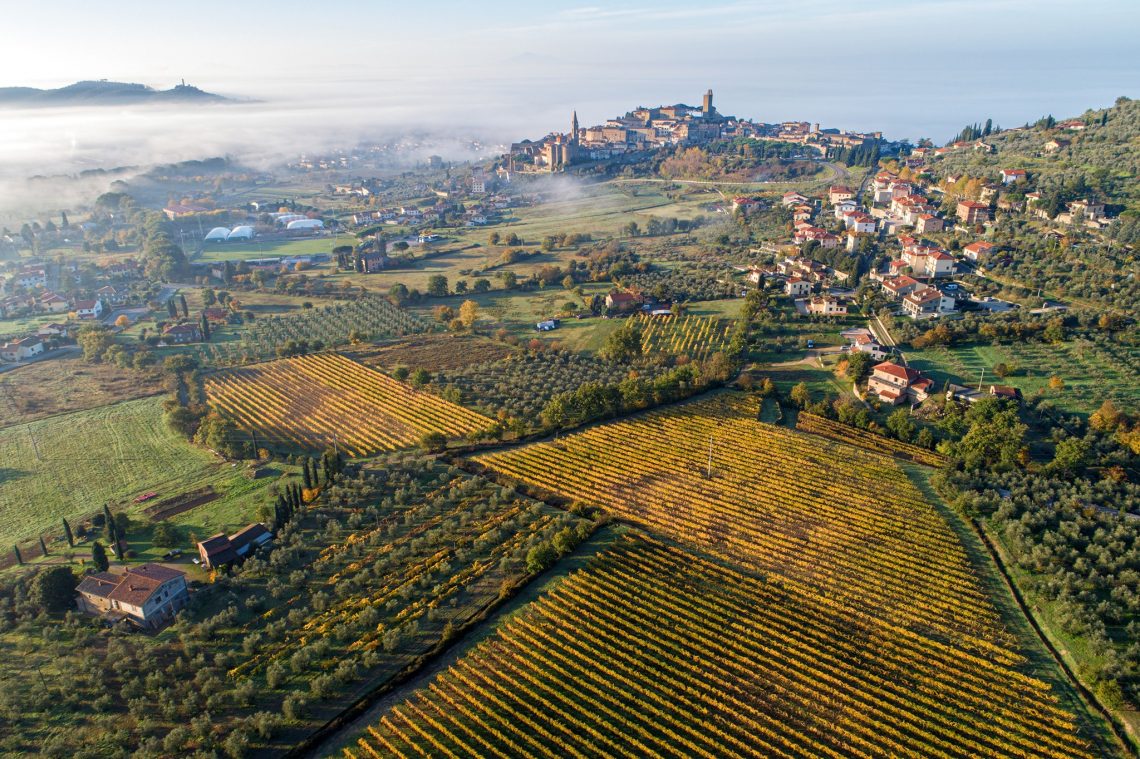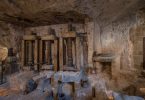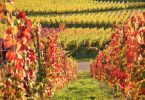The Wolf Post offers a professional service with free access, without subscription.
For this reason, a donation would also be a sign of appreciation for our work.
Tuscany with its vineyards, olive groves, a generous nature like its artistic and cultural testimonies, is a region with a high enogastronomic vocation and rich in itineraries on the subject at every latitude.
The Terre di Arezzo wine route promotes the excellence of the territory that goes from Valdarno to Arezzo, characterized by a variety of landscapes in which vineyards and olive groves alternate with monuments and artistic beauties, offering tourists an all-round experience.
Let’s find out more from the words of Alessandra Ferrati, organizational secretariat of the Strada del Vino.
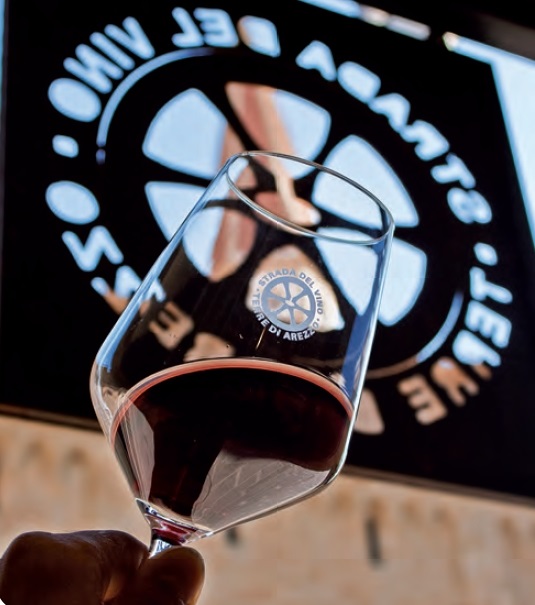
©La strada del vino Terre di Arezzo
From when your Association was born, which goals have you achieved and which ones still to be achieved?
In these twenty years we have witnessed a qualitative development of Arezzo viticulture: new protagonists have appeared in the provincial production landscape and other companies, already existing, have found a way to consolidate and develop their production capacity, especially in reference to the quality of their productions. The growth of the Terre di Arezzo Wine Route went hand in hand with the qualitative development in viticulture. The Strada started as a moment of aggregation of the wine producers of the Terre di Arezzo with a small number of members. The impetus that determined the growth, above all, in quality came from the Province of Arezzo and the Chamber of Commerce of Arezzo which have always worked to promote Arezzo products and to give an entrepreneurial structure to farms without, however, distorting the deep bond with the territory and with the traditions. From a first phase of aggregation, we then moved on to a second phase of external projection to try to increase the notoriety of the Arezzo production. Finally, a third phase has been reached, namely the development phase. The Strada has become a territorial system and its first function is to increase the culture of quality, guide companies to explore new markets, substantiate the relationship between wine and territory, between lifestyle and style of wine. The change lies in the fact that today there is more business culture, greater awareness of the quality of both products and hospitality, a stronger cohesion between the operators who are becoming ambassadors in the world of the Terre di Arezzo. Today, it is possible to offer tourists a complete experience that starts with wine and extends to the landscape, the artistic heritage, and the good quality of living in the Terre di Arezzo.
Through which services/activities to promote the dissemination of the region’s specialties, in particular wine?
The Terre di Arezzo Wine Route has carried out a double territorial marketing action: first of all it has promoted the culture of marketing (also with specific courses) within the system, carrying out training and information for wineries, restaurants, agritourisme, building the “network of opportunities” to create a territorial network that had shared quality standards but also practices of representation and therefore of homogeneous promotion. Then, it turned outside. It did so by organizing the participation of wineries in major trade fairs around the world (Prowein, London Wine Fair, Vinitaly, Vinexpo, Food Hospitality China), organizing workshops with foreign buyers, press tours, it does so by maintaining relationships with the media and using Social Networks, it does so by publishing a map and a guide on Wine Tour in the area, it does so by organizing events and events in Arezzo and throughout the Province, it does so by proposing appointments of excellence with tastings of Arezzo wines and courses of approach to wine , finally, it does so by spreading the culture of wine. The role is twofold: to promote wines but also to promote the territory to increase tourism. There are no great wines without great territories, but since we know that wine is a very powerful territorial marker, the Arezzo labels of excellence are entrusted with the task of representing all the value of the Terre di Arezzo.
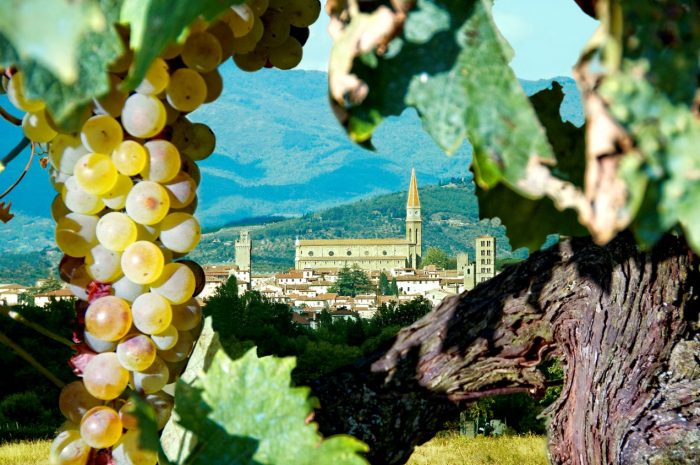
©La strada del vino Terre di Arezzo
What are the viticultural peculiarities of your territory?
The Terre di Arezzo have always produced excellent wines and the numerous denominations of controlled origin are proof of this. Reds have always been the best known and most appreciated wines but also white wines give great expression thanks to the lands, the sun and the passion of those who have been caring for their cultivation and production for generations.
The main grape variety of our province is Sangiovese, which gives character to most of our wines and is recognized for its tannicity and freshness. Our main wines are Sangiovese based: DOCG Chianti and Chianti Colli Aretini, some types of DOC Cortona, DOC Valdichiana Toscana and DOC Valdarno di Sopra.
“International” varieties such as Cabernet Sauvignon and Merlot have also spread, producing wines of great power and olfactory breadth and intense color. Furthermore, in the rows that have covered our hills for centuries, there have always been “strange” vines and some of these still today we do not know how to define the variety: they are the vines that, in the past, served as a blend of Sangiovese but which today they bought an exceptional value. Today, thanks to the recovery of these “historic” native vines (such as Canaiolo, Malvasia, Foglia Tonda, Pugnitello, Colorino, Orpicchio, Lacrima del Valdarno, Barsaglina and many others), Sangiovese has found many companions of yesteryear, and wines with the “spirit of the place” are increasingly popular and appreciated.
Special mention for traditional wine: Vinsanto, produced from grapes left to dry after harvest (generally Trebbiano and Malvasia). Once the grapes have dried, they are pressed and the must is transferred into kegs of various woods of variable size from which the vinsanto of the previous production had just been removed. Once sealed, the kegs are generally placed in attics where the strong summer-winter temperature variations help fermentation. The aging in casks ranges from three to over ten years.
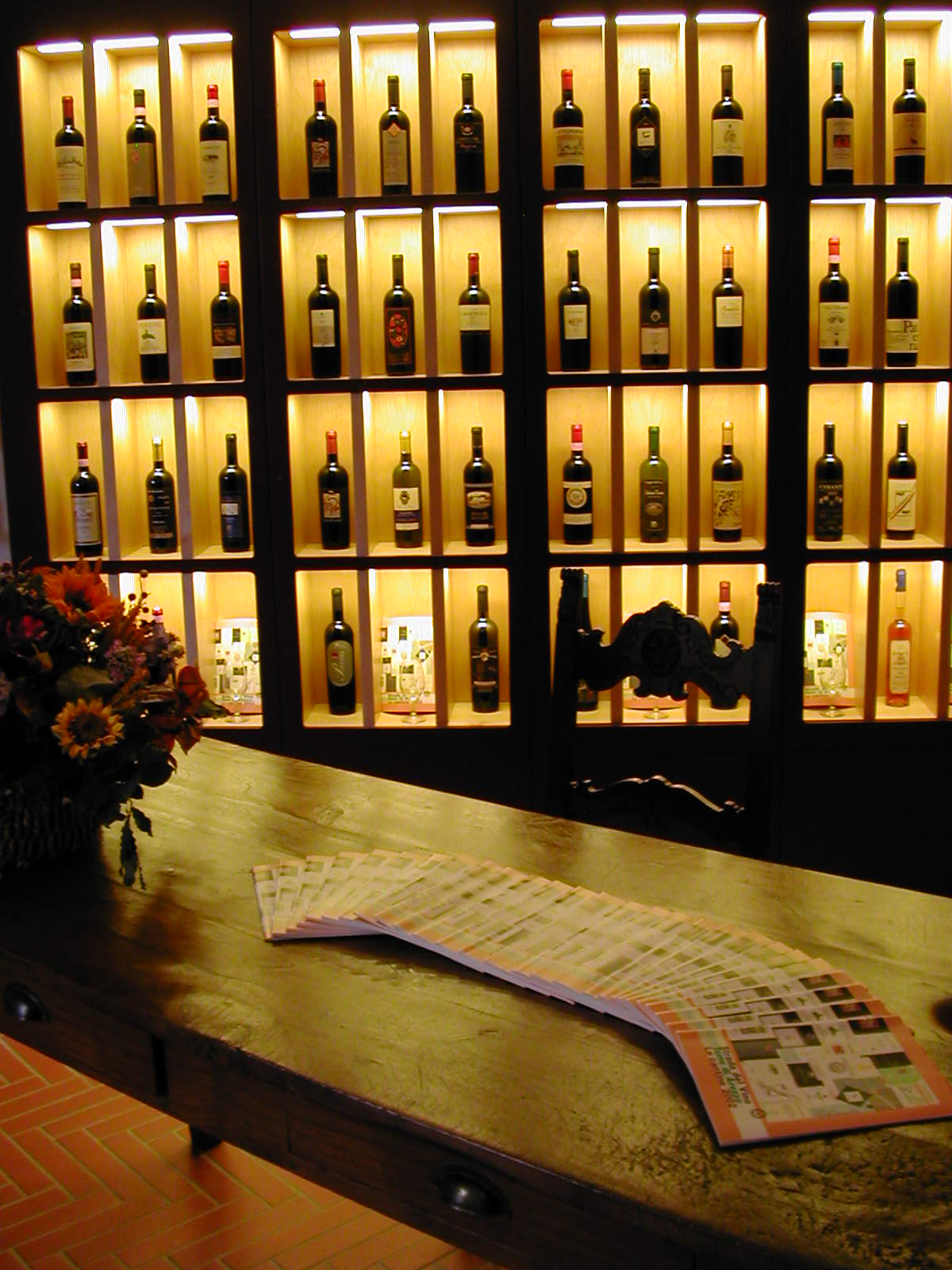
©La strada del vino Terre di Arezzo
Can you briefly describe the route and which territories of cultural and wine tourism interest it crosses?
The landscape, typically Tuscan rich in vineyards, olive groves, tobacco crops, chestnut groves and woods, is joined by the artistic and archaeological beauties that are encountered along the entire route. Therefore, it is true that the scent of wine will be our guide, but at the same time some variations will be pleasant: this is the role of museums, of artistic or folklore programs, of appointments with nature, of visits to other types of companies.
The Terre di Arezzo Wine Route crosses the Valdarno characterized by an incredible variety of landscapes: the rows of vines on terraces with dry stone walls, villages and castles are contrasted by a lunar landscape of holes and excavations, bequeathed by the mining activity open sky. The route then continues in the heart of the Valdambra with ancient abbeys and villages set on the hills of centuries-old olive groves. The Wine Route then winds along the Valdichiana theater of splendid panoramas, rich artistic beauties, a journey through time from the dawn of civilization, with the world of the ancient Etruscan people, to the pictorial masterpieces of the Renaissance, among the extensions of vineyards and olive groves and among the imposing Leopoldine houses, which tell the stories of this valley reclaimed by the Grand Duke Leopoldo. We then come to Arezzo: a medieval city, surrounded by hills of vineyards and olive groves, located in the center of four valleys rich in history, culture as well as high quality agro-food products. To remember the famous Antiques Fair that takes place in the streets of the historic center every month, numerous artistic monuments, where the works of Piero della Francesca, Giorgio Vasari and Andrea della Robbia stand out just to name a few. From Arezzo towards the Casentino going up the Arno, the valley, sinuous at the beginning, then widens into a perfect amphitheater just moved by gentle hills, up to the centuries-old forests that cover the mountains north of the valley, where the National Park of the Casentinesi Forests; while continuing from the capital towards the Provincial Setteponti road, which winds at the foot of the Pratomagno, there are beautiful vineyards on terraces, an example of perfect harmony between man and nature.
By following this itinerary you will have the opportunity to get to know not only the wines of Arezzo, but the gastronomy, the people, the hospitality, the traditions, the nature, the art from which the high quality of life in the LANDS clearly emerges. AREZZO.
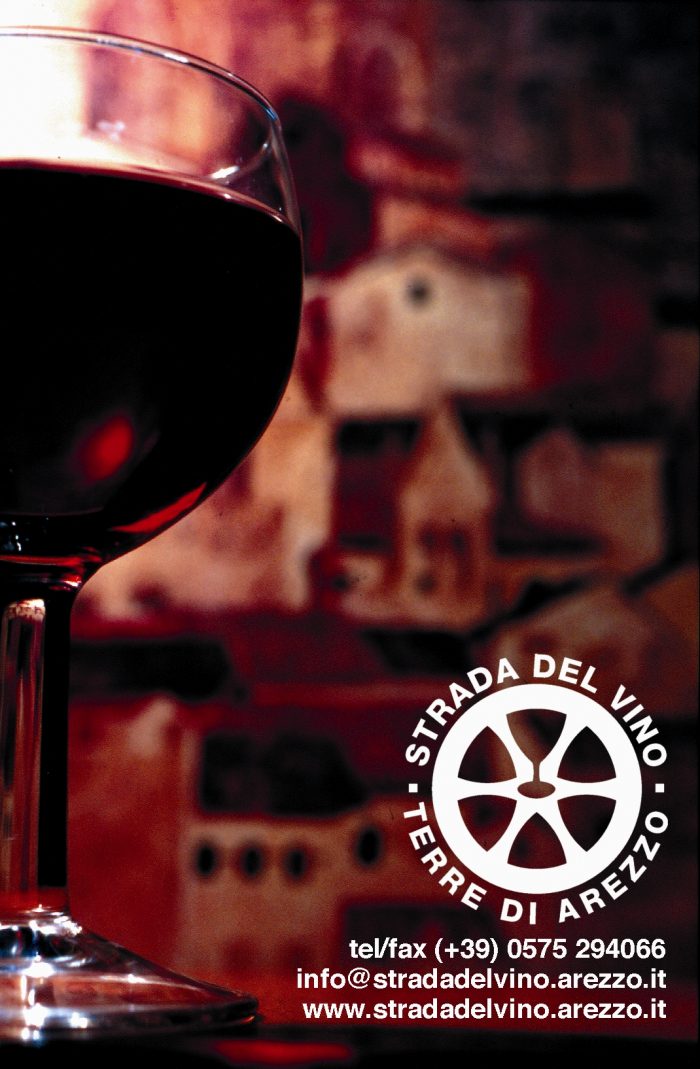
©La strada del vino Terre di Arezzo
Does your Association also organize tasting courses?
Several times a year, courses to approach wine are organized throughout the provincial territory, in collaboration with the AIS Delegation of Arezzo. Each course includes a cycle of five meetings aimed at all those who wish to deepen their knowledge of wine. The short course ends in a few lessons and does not pretend to replace a professional wine tasting course which is certainly more demanding in terms of content and attendance times.
The meetings are an important vehicle for promoting wineries as they make known the potential and riches of our territory.
The tasting is also an opportunity to discover the link between product and territory, between winegrower and historical memory, an opportunity to bring consumers closer to producers by making local wines known and tasted.
Each lesson hosts a producer associated with Strada del Vino Terre di Arezzo who presents their company and production by tasting one of the three wines present each time.
Why Terre di Arezzo wine route?
The Terre di Arezzo Wine Route offers routes for about 200 km which are a synthesis of the quality of the products, the preservation of traditions and the enhancement of their artistic and landscape beauties. The farms, the accommodation facilities, the restaurateurs, the shops of typical products, artisans and cultural associations are subjects that first contribute to the conservation and transmission of the landscape of the culture of our land and above all they are the real protagonists of the Road that they will be able to accompany. the visitor to discover this wonderful and exciting journey.


